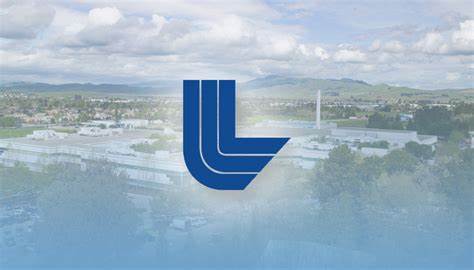
In the heart of California, within the National Ignition Facility (NIF) at the Lawrence Livermore National Laboratory, scientists are rewriting the possibilities of clean energy. Armed with nearly 200 lasers, they have achieved a remarkable feat—replicating a historic nuclear fusion breakthrough three times. This accomplishment holds the potential to revolutionize the energy landscape, offering a near-limitless source of clean power and, in turn, addressing the pressing global climate crisis exacerbated by fossil fuel consumption.
The Quest for Fusion Energy:
The journey began on a December morning last year when researchers at NIF achieved a world-first—a nuclear fusion reaction that released more energy than it consumed, a phenomenon known as “ignition.” Fast forward to the present, and the scientists have successfully replicated this groundbreaking process at least three times this year, as reported in December by the Lawrence Livermore National Laboratory. This not only marks a significant leap forward but also emphasizes the reliability and robustness of the fusion process.
Brian Appelbe, a research fellow at the Centre for Inertial Fusion Studies at Imperial College London, underscores the importance of replication in showcasing the “robustness” of the process. This means that even under varied conditions, such as changes in laser intensity or fuel pellet composition, the fusion reaction remains achievable, laying the foundation for future advancements.
Unveiling the Physics of Ignition:
Each successful replication offers scientists a unique opportunity to delve into the intricate physics of ignition. Brian Appelbe notes that these experiments provide valuable insights, particularly in addressing the next challenge—maximizing the energy obtained from the fusion reaction. Understanding the fundamental aspects of the process is crucial for overcoming obstacles and advancing towards scalable, efficient fusion energy production.
A Cleaner Alternative: Nuclear Fusion vs. Fission:
In the pursuit of clean energy, nuclear fusion stands out as a promising alternative to the prevalent nuclear fission. Unlike fission, which generates long-lived radioactive waste, fusion leaves no such legacy. This becomes increasingly crucial as the world grapples with the urgency of transitioning away from fossil fuels to combat the accelerating climate crisis.
The Fusion Process at NIF:
At NIF, scientists employ a unique method involving an array of nearly 200 lasers aimed at a pellet of hydrogen fuel inside a diamond capsule, all encased in a gold cylinder. The lasers heat the cylinder’s exterior, inducing a series of rapid explosions that generate substantial energy, collected as heat. The successful ignition in December 2022, though modest in scale, proved the concept—2 megajoules input resulted in 3.15 megajoules of released energy, equivalent to boiling around 10 kettles of water.
Scaling Up and Future Challenges:
While the recent achievements are groundbreaking, the journey to integrate nuclear fusion into mainstream energy production is far from over. Scaling up fusion projects and significantly reducing costs are critical objectives. The focus now shifts from celebrating successes to building on them, with the end goal of powering electric grids and heating systems on a global scale.
Global Commitment and Investments:
Acknowledging the transformative potential of fusion energy, US climate envoy John Kerry launched an international engagement plan at the COP28 climate summit in Dubai. More than 30 countries committed to boosting nuclear fusion efforts, recognizing its role in mitigating the climate crisis. The US Department of Energy further demonstrated its commitment with a $42 million investment in a program, involving multiple institutions, aimed at advancing fusion through the establishment of focused “hubs.”
As the world grapples with the consequences of climate change, the strides made in replicating nuclear fusion at NIF offer a beacon of hope. The potential for clean, abundant energy without the environmental drawbacks of traditional sources is within reach. With ongoing international collaboration, substantial investments, and a collective commitment to overcoming challenges, fusion energy may soon transcend from the realm of scientific achievement to a tangible reality, providing a sustainable solution to the energy needs of the 21st century.
Brief History of Lawrence Livermore National Laboratory in California (LLNL)
Established in 1952 during the early days of the Cold War, LLNL was founded to address critical national security demands by advancing nuclear weapons science and technology. The story of success for LLNL traces back to a group of visionaries who embarked on the mission to create a “big ideas” laboratory, dedicated to a multidisciplinary approach to research. This commitment was pioneered by the cofounder and namesake, Ernest O. Lawrence.
Throughout its history, the Laboratory has played a pivotal role in strengthening national security. This has been accomplished through the efforts of a diverse community comprising dedicated and talented employees. LLNL has maintained a tradition of scientific and technological innovations, consistently anticipating, developing, and delivering solutions to meet evolving challenges.





